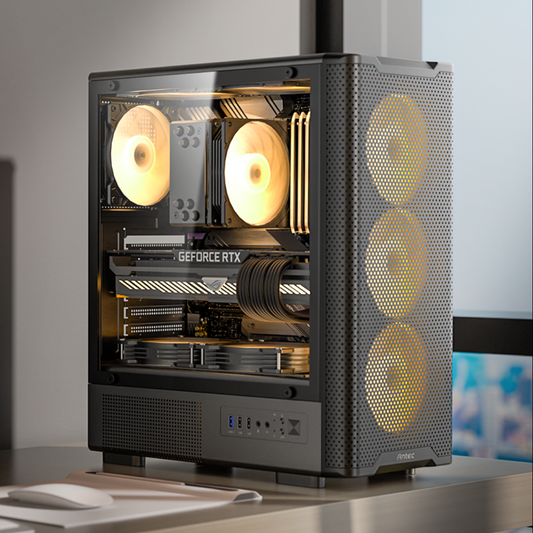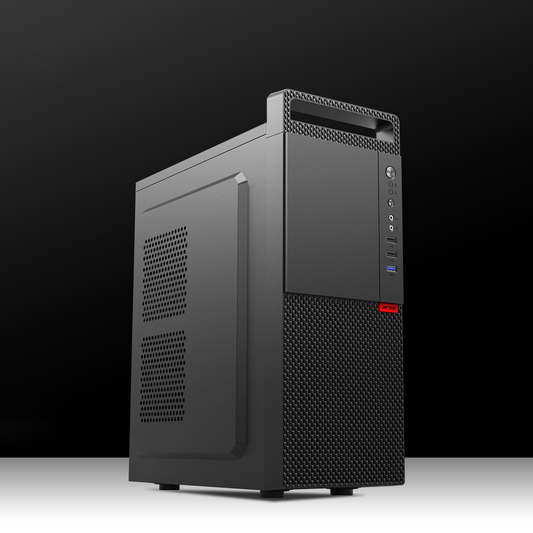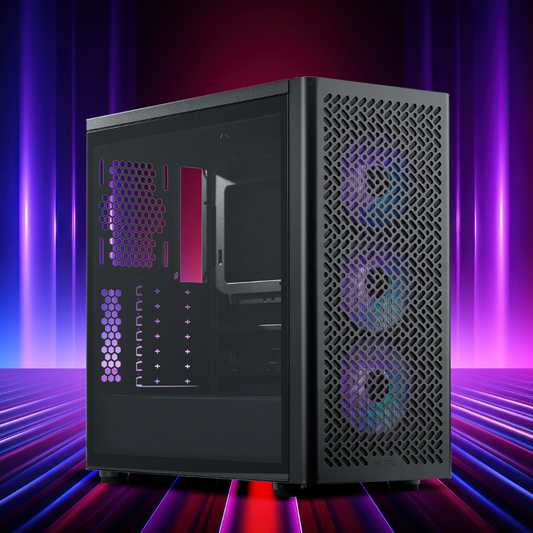Octane Rendering PCs
Unleashing Creative Power: Octane Rendering PCs
In the realm of computer graphics and 3D rendering, the demand for high-performance hardware has never been more critical. As digital artists and content creators push the boundaries of visual storytelling, the need for efficient rendering solutions has led to the rise of Octane Rendering PCs. These specialized systems harness the power of OctaneRender, a GPU-accelerated rendering engine, to deliver stunning visuals and reduce rendering times significantly.
Understanding OctaneRender
OctaneRender: A Leap in Rendering Technology
OctaneRender, developed by OTOY, stands out as a game-changer in the rendering landscape. Unlike traditional CPU-based rendering engines, OctaneRender taps into the immense parallel processing capabilities of GPUs (Graphics Processing Units). This shift in approach accelerates rendering tasks, allowing artists to achieve lifelike images and animations in a fraction of the time it would take with CPU-based alternatives.
The Anatomy of Octane Rendering PCs
GPU-Centric Architecture
The heart of Octane Rendering PCs lies in their GPU-centric architecture. These systems are equipped with high-end graphics cards that are optimized for parallel processing. NVIDIA's CUDA cores, in particular, play a pivotal role in handling the complex calculations involved in rendering, ensuring smooth and swift execution of tasks.
Building Blocks of Octane Rendering PCs
1. Powerful Graphics Cards
Octane Rendering PCs are often equipped with multiple high-performance GPUs, such as the NVIDIA GeForce RTX or Quadro series. These graphics cards boast dedicated hardware for ray tracing and AI-powered features, enhancing the rendering process and enabling real-time feedback for artists.
2. High-Frequency Processors
To complement the GPU prowess, Octane Rendering PCs feature multicore processors with high clock speeds. This ensures efficient scene preparation, allowing the GPU to focus on the intensive rendering calculations without being bottlenecked by slow data transfer from the CPU.
3. Ample RAM
Adequate system memory is crucial for handling large datasets and complex scenes. Octane Rendering PCs typically come with generous amounts of RAM, allowing artists to work on intricate projects without worrying about memory limitations.
4. High-Speed Storage Solutions
Fast storage is essential for quick data access and scene loading. Solid State Drives (SSDs) are commonly integrated into Octane Rendering PCs to provide rapid read and write speeds, ensuring a seamless workflow for content creators.
Performance Benefits
1. Real-Time Rendering
The GPU-centric approach of Octane Rendering PCs enables real-time rendering, empowering artists to make instant creative decisions and visualize the final output without time-consuming delays.
2. Faster Iterations
Reduced rendering times mean quicker iterations during the creative process. Artists can experiment with different lighting, materials, and camera angles, refining their work rapidly and enhancing overall productivity.
3. Scalability
Octane Rendering PCs can be easily scaled by adding additional GPUs. This scalability ensures that artists can tackle more complex projects or meet tighter deadlines by harnessing the combined power of multiple graphics cards.
Conclusion
In the ever-evolving landscape of digital content creation, Octane Rendering PCs have emerged as indispensable tools for artists and animators. By leveraging the parallel processing capabilities of GPUs, these systems redefine the boundaries of what is possible in terms of visual fidelity and rendering efficiency. As technology continues to advance, the marriage of OctaneRender and high-performance hardware will undoubtedly play a pivotal role in shaping the future of 3D rendering and digital artistry.






























